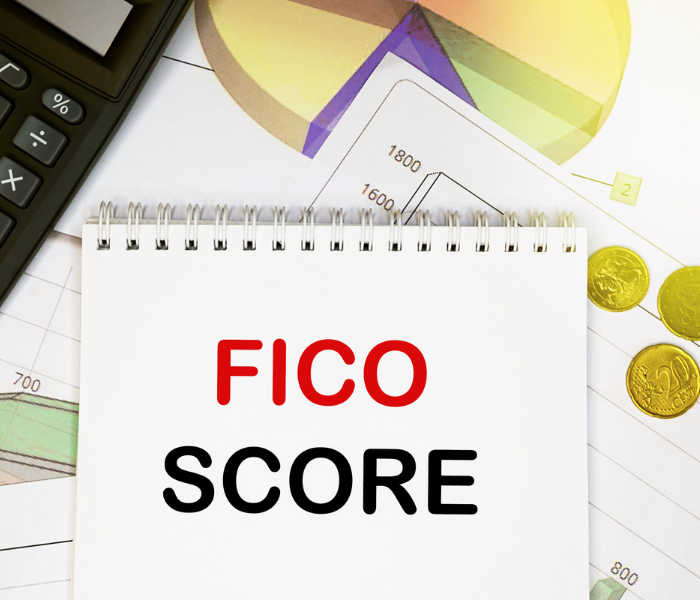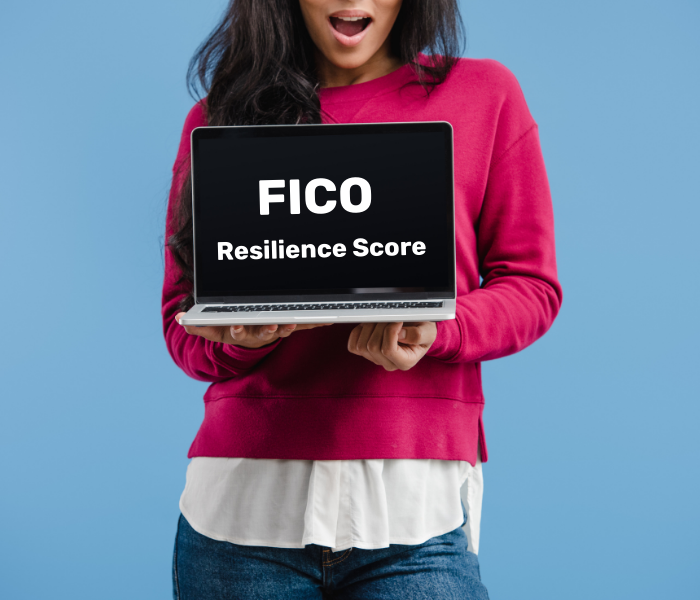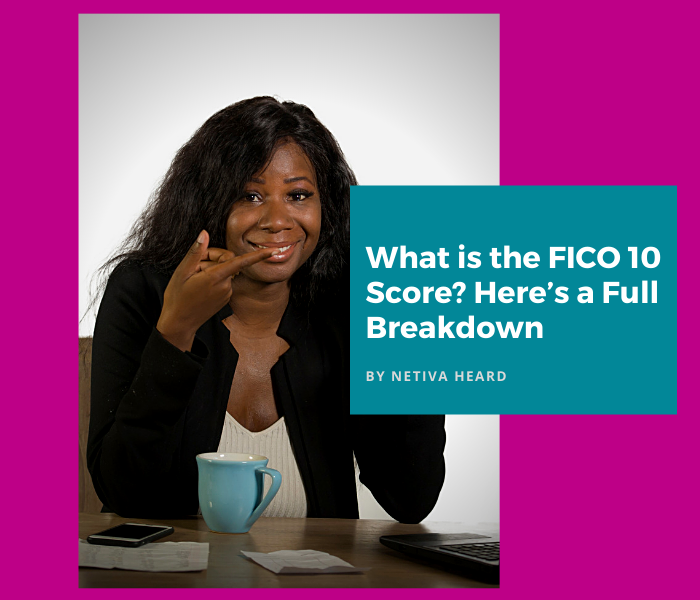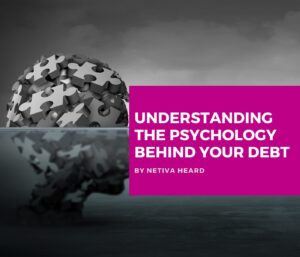FICO is a big name when it comes to credit. The vast majority of lenders will look at your FICO score when determining your credit worthiness. But what exactly is the FICO 10 score and how is it calculated?
What you might not have realized about FICO credit scores is that the credit scoring model changes periodically. The FICO 10 is the latest update to how FICO scores are calculated and recently rolled out to all three major credit bureaus at the end of 2020. While many lenders still use the 2, 4, and 5 scoring models, you should know how the FICO 10 score works and how it affects your credit.
Here’s a full breakdown of the FICO 10 score:
About the FICO 10 Suite

Under the FICO 10 suite are two scoring models: the FICO 10 and the FICO 10T. Both will use the same key factors as previous versions when determining your credit score, including: age of credit history, payment history, new credit accounts, credit mix, and amount owed.
The difference with FICO 10T is that it takes into account trends that can give lenders a more accurate view of their credit risk. This trended data looks at your activity over the past 24 months, including past payments, minimum payment requirements, and amounts paid.
One of the biggest truths this reveals is whether customers pay their balance in full each month or carry a balance forward. Those who pay off their credit cards each month are considered a lower credit risk than those who do not.
It also shows whether you are lowering, increasing, or maintaining your balances over time.
Because lenders have these new insights into your credit, it will be more important than ever to work toward paying off balances. This will help your new score work for you, not against you.
What Will Hurt Your Score Under FICO 10?
There are certain activities that have always harmed your credit score. But under the new FICO 10 and FICO 10 T rules, these same activities stand to deal even more damage.
Missing payments is something you’ll want to avoid. Typically, creditors will report a late payment on your report if your payment is 30 days or more overdue. Even one late payment will stay on your credit report for years. Under the new FICO 10 rules, your credit may drop more severely with a missed payment.
A high credit utilization will also negatively impact your score. This is calculated by dividing your credit card balances by your credit limits. For example, if you have a collective $10,000 credit limit and have a balance of $6,000, your credit utilization is 60%. This has always been a factor in your credit score, but the trended data will make this even more of a factor. The lower you can keep this percentage, the better it will be for your score.
Last but not least, personal loans may be treated differently under the new FICO 10 score. Simply having a personal loan might penalize your score, whereas this wasn’t the case before. This is likely because many personal loans are used for debt consolidation, which could indicate to lenders that you accumulate too much credit card debt and need a way to pay it off.
What Else to Know About FICO 10?
Time for some good news: there are a few perks to the new FICO 10 score that can work in your favor.
First, if you already had a good credit score and report, your score is likely to increase with the new FICO 10 rules. Also, the scoring scale (300-850) remains the same, so it’s an apples-to-apples comparison.
Also, all the normal ways to improve your credit score (e.g. low balances, timely payments, etc.) will still work to help you improve your score.
The best thing you can do is keep a watchful eye on your spending and payments. Making it a priority is the best way to improve your score over time.
Need more financial advice? Head back to my blog for insights!
FICO Released 3 New Updates: Here They are in Detail.
If you’ve been paying attention to your credit, you already know the name FICO. This is the score that many lenders look at when determining whether to lend to you and how much to let you borrow.
Just as your score is ever-evolving, so are the models that FICO uses to determine that score. Within the past year, FICO has released three updates that impact how lenders view your credit worthiness. Here’s a closer look at these updates and what they mean for your credit score:
UltraFICO Score
The UltraFICO Score is touted as a better way to help you take control of your credit. This is done by linking your checking, savings, or money market accounts with UltraFICO, which then monitors your spending. The score looks for smart financial behaviors (e.g. no overdrafts, etc.), which it then uses to craft your score.
The goal is simple: your spending habits can help to open up more credit opportunities and more favorable repayment terms. This insight into your spending habits broadens your personal financial picture and can help lenders to make more informed decisions.
According to the UltraFICO Score website, 7 out of 10 users that consistently maintain healthy account balances could see a higher UltraFICO score than their traditional FICO score. This program also works for those who don’t have enough credit to generate a traditional FICO score.
Currently, this program is available through a small number of lenders during a pilot testing phase. The program is expected to expand to include more people. You can sign up to receive updates about program availability and opt in once it’s available to you if you cannot immediately access it.
FICO Resilience Score

In times of uncertainty or disaster (think economic recession 2008, COVID-19 pandemic, etc.), creditors need assurances that their borrowers will keep paying their bills. This is what the FICO Resilience Score is intended to offer.
The FICO Resilience Index assigns a numerical value to every person, ranging from 1 to 99. Unlike credit scores, where a high number is desirable, low numbers are ideal on this scale. This score indicates a person’s likelihood to be able to continue repaying their loan or bill during an economic downturn.
Here’s the scoring breakdown:
- 1–44: More resilient to changes in economic conditions
- 45–59: Moderately resilient to changes in economic conditions
- 60–69: Sensitive to changes in economic conditions
- 70–99: Very sensitive to changes in economic conditions
The main difference between the Resilience Score and a credit score is that credit scores gauge your likelihood to repay debts at any given time under normal conditions. The Resilience Score exclusively considers extreme global, national, or regional events and how your finances might be affected.
Your Resilience Index score is determined by looking at your total balance and number of accounts in use. If you have a high balance and multiple open accounts, then you may struggle to repay your debts if faced with an economic crisis.
To get a low score, you’ll want to aim for the following:
- A low number of open, active credit accounts
- A low collective balance in relation to your total credit limit
- Few or no hard credit inquiries in the past 12 months
- A long credit age, which makes you appear experienced in managing credit
Credit age comes over time. However, you can influence the other three factors. Avoid opening new credit accounts or allowing hard inquiries into your credit report. Making payments on time without adding to your balance can also help you decrease your score.
One final note on the FICO Resilience Index: this does not take the place of your traditional FICO score. You should still work to improve your FICO score, as lenders may still turn you down for loans or credit cards even with a favorable FICO Resilience score.
FICO 10 Suite
The end of 2020 saw a major update to the traditional FICO Score system. The FICO 10 Suite includes two scoring scales, the FICO 10 and the FICO 10 T.
The FICO 10 is an upgrade to the traditional way your score is calculated. It will take into account the five key factors it always has: timely payments, age of credit history, new credit accounts, credit account mix, and amount owed.
The 10 T is new territory, as it includes your personal credit data trends over the past 24 months to gain a better picture of your credit. This includes reviewing your account balances over this period, your minimum payment requirements, and how much you paid on your balances each month.
With these new updates to the FICO score, certain behaviors that are known to damage your score will matter even more. For example, missing a payment altogether or making a payment beyond 30 days and a high credit utilization will have bigger impacts on your score. In addition, taking personal loans to consolidate credit card debt may also lower your score, as these may be considered high-risk behaviors.
Check out our deep dive on the new FICO 10 and 10 T scores here.
Final Thoughts on the New FICO Updates
There’s a lot of new things happening in the world of credit, and you can use these changes to your advantage.
If you qualify, the UltraFICO Score can be a great way to improve your credit standing based on your everyday spending habits. Maintaining timely payments and keeping account balances and number of accounts to a minimum will decrease your Resilience Score, which may open up better opportunities. And sticking with the traditional advice of improving your credit score can help you make gains with the new FICO 10 and 10 T scores.
Got questions? Reach out and we may cover them in an upcoming blog or Facebook Live event.










One Response
I got a better understanding of how the FICO score works.